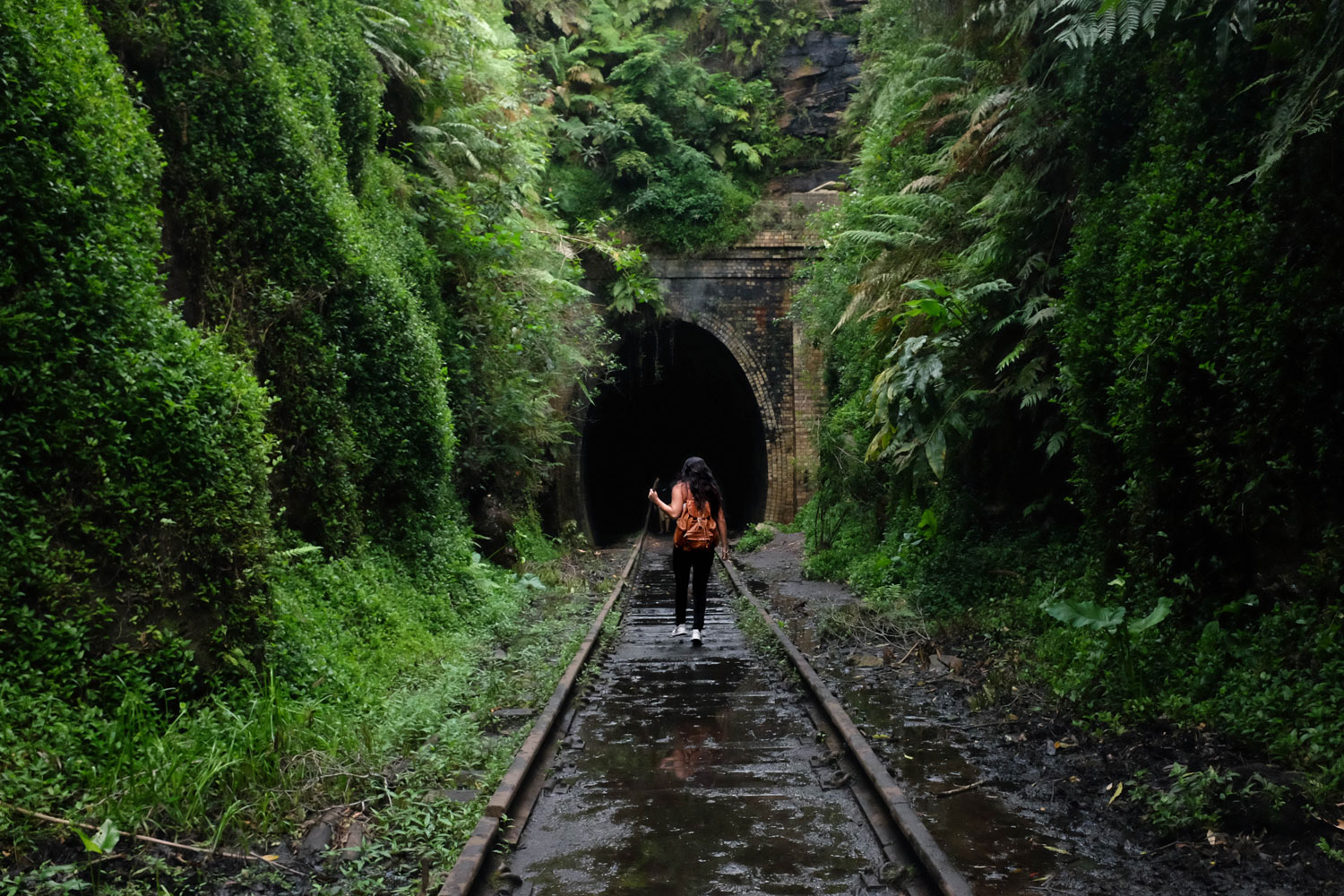Thrings Farms partnering with Farmers Weekly, answer readers’ questions. Richie Rees advises on rights of way on footpaths.
We have a disused railway line in our village, people have walked along this stretch for 30 years or more, this can be proven. It has no livestock on it, it is not planted and is just a grass lane with hedges either side in some areas.
The Landowner has now decided to put up a locked gate at one end and signage to say private, stopping village people walking along it.
Has he the right by law to do this?
The situation raises the question of whether the landowner is permitted to close off his private property from members of the public despite their apparent historic use of the route for over 30 years.
On the face of it, the Landowner’s actions when installing a locked gate and signage are understandable and innkeeping with his right to quiet enjoyment of his own property. When placed into the context of the previous 30 years, however, there is a real risk that the Landowner might face legitimate opposition from members of the public.
It appears that the public have walked a specific route unchallenged and uninterrupted for that stretch of time, presumably as a continuation of the official public footpath that joins the disused line. When faced with the Landowner’s recent actions, any member of the public could seek to create a right of way along the route based on the historic use. If they can evidence continual – or sufficiently frequent – use of the route for at least 20 years without force, secrecy or permission, the railway line may be dedicated as a public footpath under either common law or section 31 of the Highways Act 1980.
Their use could not have been with the express or implied permission of the Landowner (or any previous owner covering the relevant period), but equally they will have had to use the route openly rather than through any attempt to avoid detection by the landowner(s).
If the Landowner faced an application from the public that there had been a presumed dedication that a public footpath exists, he would need to challenge the evidence of 20 years’ use. This might be that he, or any previous owner, was aware of the walkers and expressly let them use the route; or that there is evidence that their use was challenged and they were asked to leave the land at some point within the relevant period that they are relying on to secure dedication of a footpath.
The relevant period must have existed before the Landowner installed the gate and stopped the public’s access, so it doesn’t matter that he now objects to people walking through the land if they had already been doing so for 20 – 30 years beforehand.
Based on these facts, there is a real risk of presumed dedication of a footpath here should a member of the public look to convert the historic use of the railway line into an official public right of way. If that happens, the Landowner becomes burdened with the responsibility to maintain the footpath and keep it open for all members of the public at any given day or time.


